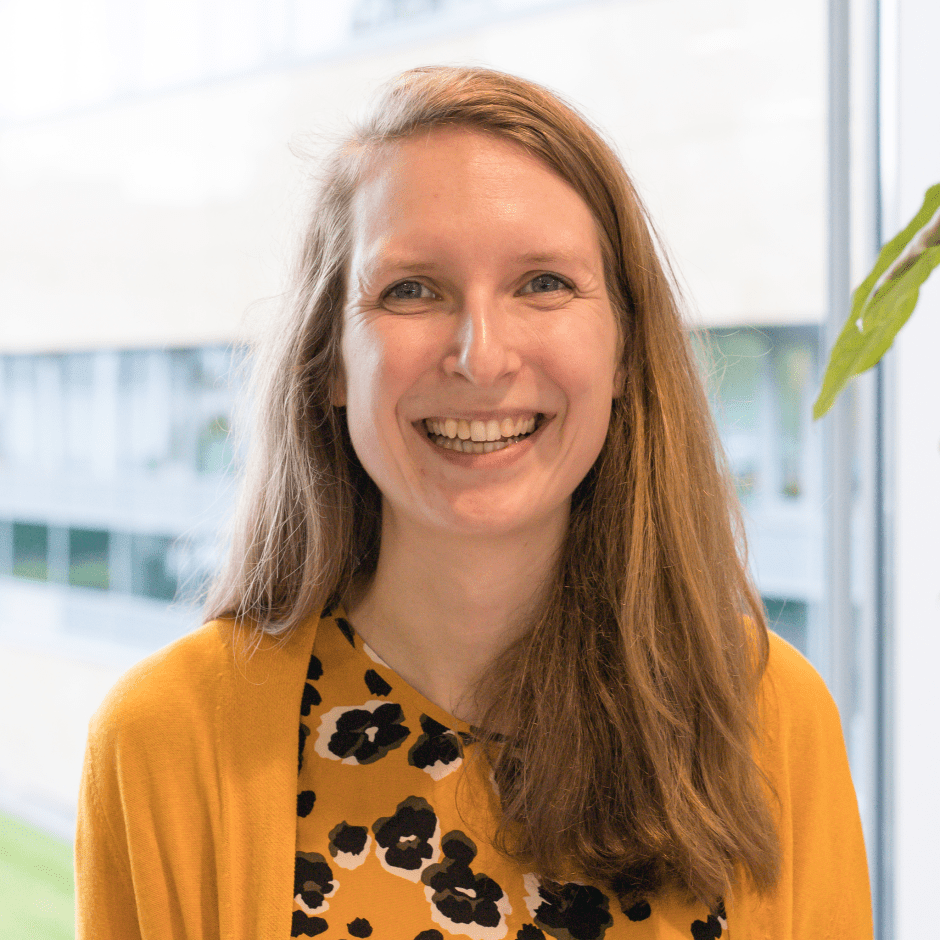
Remote dermatologist can relieve care, sees UvA PhD candidate
Find out faster about a suspicious spot on your skin? It should be possible. After all, general practitioners have the option of receiving digital advice from a dermatologist. Yet not every doctor makes use of it. Esmée Tensen, PhD, sees that “GPs often lack the skills and equipment to make good use of it.”
Fourteen percent of complaints in doctors’ general practices are related to the skin. Despite the fact that GPs can treat most complaints in the practice themselves, many people are unnecessarily referred to the hospital, resulting in long queues at the dermatologist’s office. Teledermatology, whereby GPs ask a remote dermatologist for advice, seems to offer a solution. We posed five questions to UvA doctoral student Esmée Tensen.
Why is it that general practitioners unnecessarily refer people to the dermatologist?
‘If GPs have doubts about skin complaints that patients bring into the practice, they logically err on the side of caution and refer them to the dermatologist at the hospital. This results in long queues, and waiting times of about three to five weeks. For people who need acute specialist care, for example, in the case of a malignant mole, this is too long.’

‘For my research, I sent a questionnaire sent to general practitioners who sometimes consult through the digital hospital Ksyos. In this questionnaire, GPs to have had little dermatological training during their training. In addition, family physicians are trained for an awful lot of medical conditions and continuously retrained. It is therefore not surprising that they do not always know about all the skin conditions. We therefore need to think about how we can best support them.
What role does teledermatology play in this exactly?
‘Teledermatology works quite simply. The general practitioner uses a camera or smartphone and possibly a dermatoscope (a kind of magnifying glass) to take pictures of a patient’s skin. The doctor then sends these via an online secure system and receives advice within 48 hours from a remote dermatologist. In this way, we can avoid unnecessary physical referrals of people with benign birthmarks, for example, and people with malignant-looking spots get the specialist care faster they need.’
The use of teledermatology stabilized before the corona pandemic. If it works so well, why aren’t we seeing an increase in use?
‘Possibly there is a learning effect whereby a group of general practitioners, through the advice of from dermatologists themselves, know how to make better diagnoses, so they ended up using it less.’
‘In addition, my research shows that GPs experience three challenges. They sometimes lack the necessary digital photography skills, such as sharply imaging the skin condition and creating the right lighting. In addition, they don’t always have up-to-date photography equipment, such as an appropriate dermatoscope. Moreover, there are still opportunities in increasing the ease of use of the digital dermatology platform, which has been used nationwide since 2006 has been used nationwide for teledermatology. For example, not all information from systems in general practices is automatically included in the teledermatology platform.’
The general practitioner seems to benefit the least; they have to learn to deal with new systems and there is undoubtedly a lot of work. In this way, are you not actually from the dermatologist to the general practitioner?
‘Taking photographs and completing the consultation on the dermatology platform does indeed take time. In the results of my thesis, we see that completing and sending a teledermatology consultation takes about five minutes. Theoretically, this should be feasible within the GP’s time for patients. The challenge lies primarily in ensuring that all systems communicate well with each other and that data is transferred accurately.’
‘Even though it seems to shift the pressure to the primary care physician, teledermatology provides tremendous relief of care and cost savings’. Furthermore, teledermatology leads to an improvement in the quality of care. 18 percent of consultations in which the primary care physician did not originally intended to refer the patient, the GP decided, after a digital consultation with the dermatologist, decided to refer the patient anyway. In addition has enormous added value for the patient, who receives a faster diagnosis and better treatment. The general practitioner also retains more control over his patients and learns from the dermatologist’s answer.’
Can artificial intelligence (AI) help in the risk assessment of skin complaints and thus relieve the burden of care?
‘Definitely. My research showed that the quality of photos in GPs’ dermatology platform is sometimes poor. During the corona pandemic, patients also appeared to have difficulty taking good photos when they had to provide them themselves. This is where the potential of AI is right around the corner. AI can help improve the photos that both GPs and patients take, for example, by alerting the user to the quality of the photos taken and providing instructions. An AI chatbot could also support GPs by helping them formulate appropriate follow-up questions during consultations, leading to more accurate diagnoses and more efficient referrals to the hospital.
Esmée Tensen will receive her doctorate on Friday, February 9th, at 11:00 a.m. on her dissertation, “Digital dermatology in general practice. Past, present and future.” The defense will take place in the Aula (Oude Lutherse Kerk) and is free to attend.

